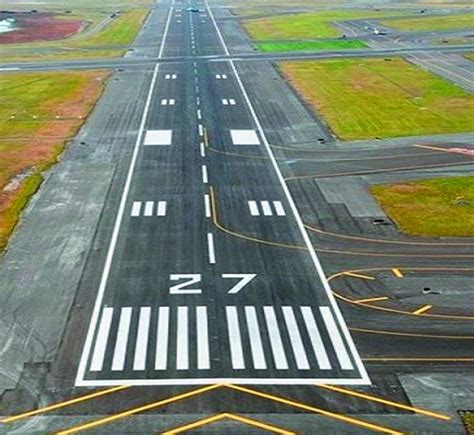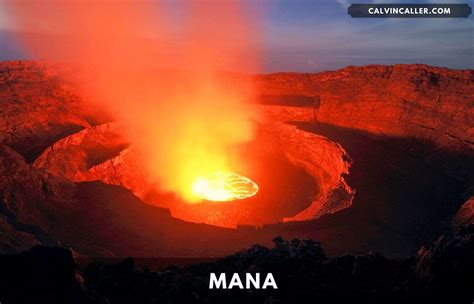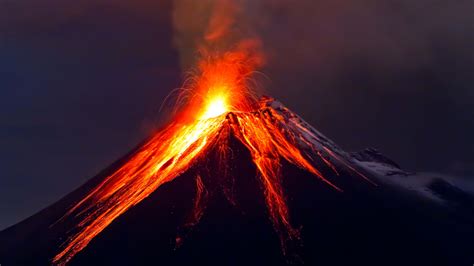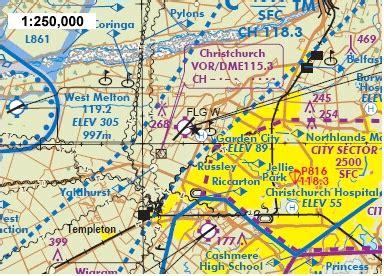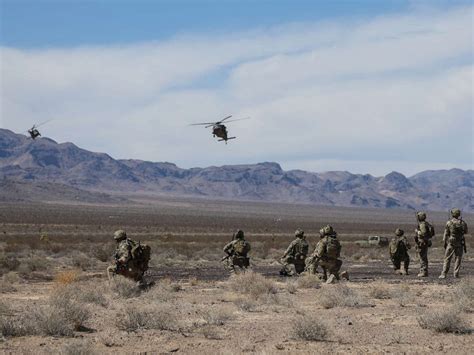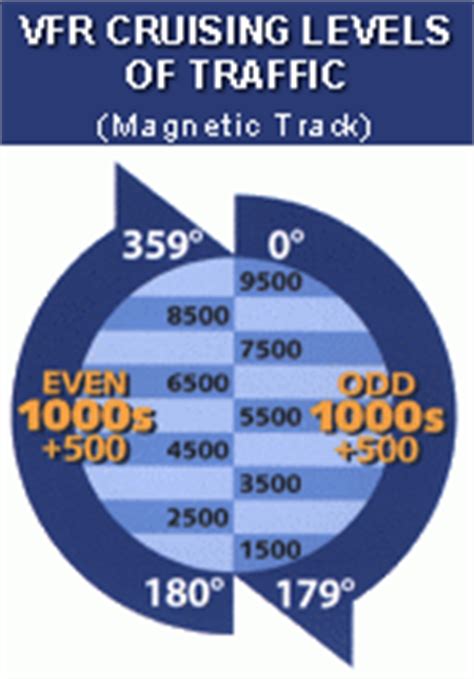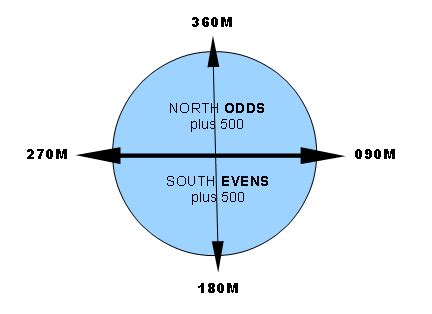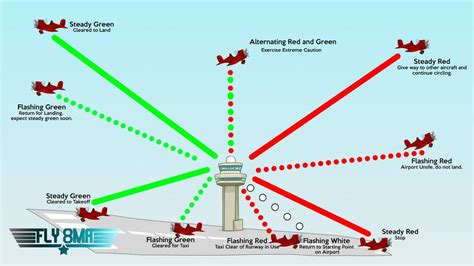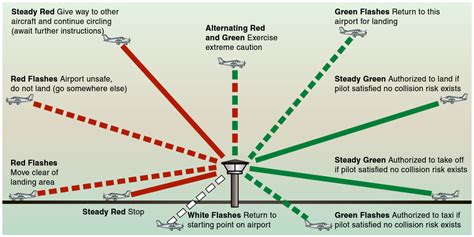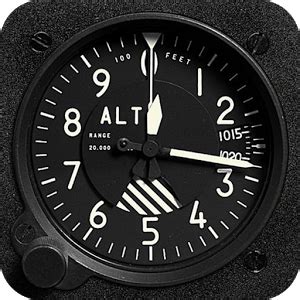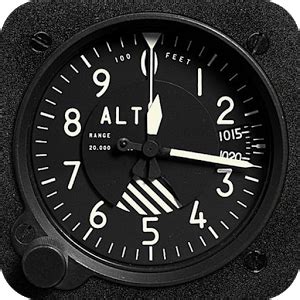
1. Purpose
- Areas of uncontrolled airspace within In CONTROLLED airspace
- VFR aircraft restricted as little as possible
- Transiting VFR traffic separated from arriving and departing IFR flights
- and can operate without ATC clearance.
2. Description
- May only be active during the day.
- Clear of airspace where IFR arrival/departure procedures occur
- Buffer zones provided between flight paths
- of arriving and departing IFR flights and each VFR transit lane
3. Appearance on Chart
- Solid Blue Lines
- Letter 'T' followed by 3-digit code
- Identifying name.
- Upper/lower limits near the Code.
- "DAY" is added to emphasize day operation only
